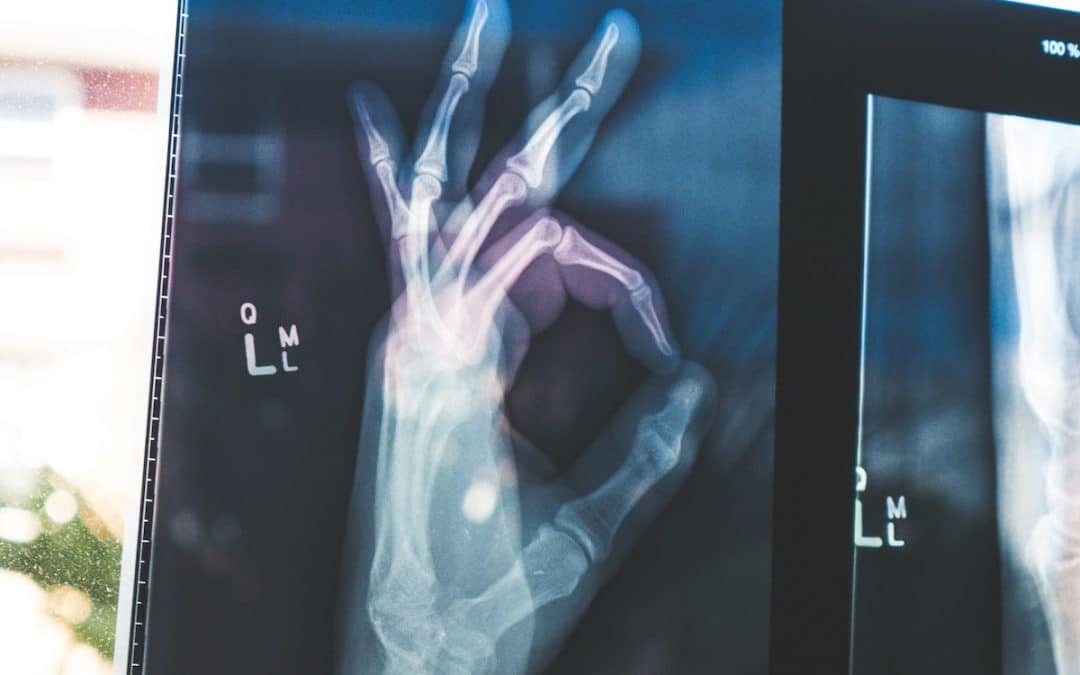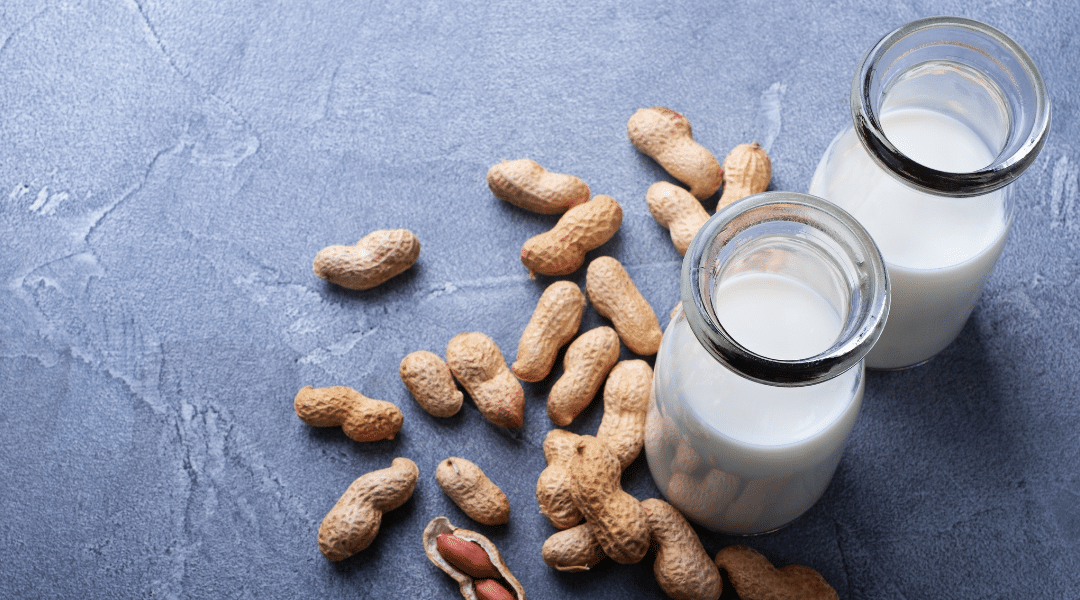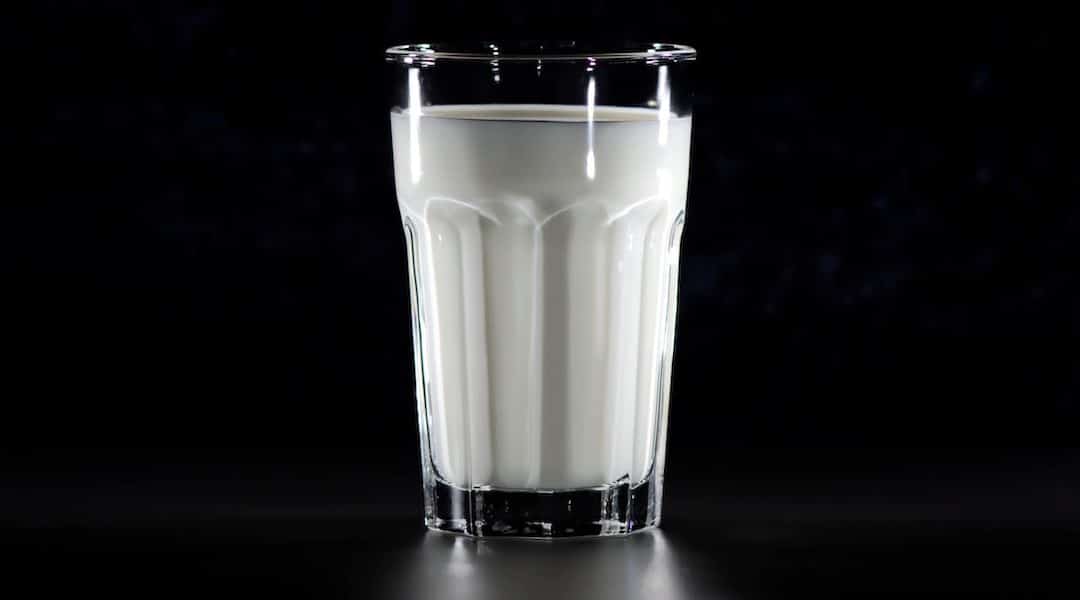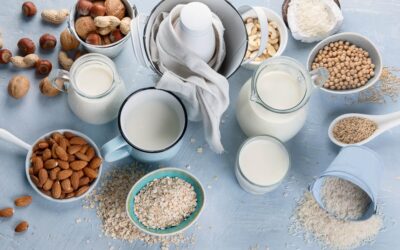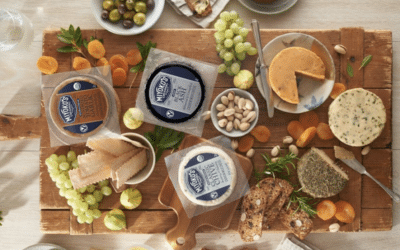Athletes hear advice from many well-intentioned people. One of the most common tips is to “eat more protein.” This comes in different forms, from Registered Dietitians writing high protein meal plans to strength coaches recommending new protein powders to consume after a workout. It seems like every powerhouse supplementation company is working to tell you why their product will make you the fastest, leanest, strongest, person in your sport. Due to high demand, lack of societal education, and successful marketing campaigns, we are at a place where athletes are pumping themselves full of whey protein, creatine, BCAAs, collagen, and other expensive products in order to obtain a “competitive edge.” While nutritional science and exercise physiology could debunk the usefulness of all the aforementioned supplements, I want to focus on the deviously commonplace, affordable, and quintessential recovery beverage. Chocolate milk.
When I interned with NCAA Division 1 college sports, I spent a lot of time with athletes in the weight room. It was common practice after each training session for these athletes to take a chocolate milk (sponsored, naturally, by a leading dairy producer) and leave their workout believing that they were putting the highest quality recovery nutrients into their bodies. Surely, if it wasn’t the best, it wouldn’t be provided for student athletes—right?

Nutrition Explained
From a nutritional perspective, it is considered common knowledge at this point that in order to recover quickly post-workout, you need to consume a combination of carbohydrates and protein. The general recommendation is a 2:1 ratio, with twice as many carbs as protein. This is because when we exercise, we deplete our stored carbs (glycogen). Without diving too deeply into the science here, our bodies need glycogen to function properly. Our bodies like to use carbs (glucose) for fuel. If we don’t have enough glucose molecules for our brains and mitochondria to chow down on, our body goes through a process called gluconeogenesis to create glucose from protein molecules. Essentially, your body uses its muscle tissue for fuel when the appropriate amounts of carbohydrate stores are lacking.
What just-so-happens to have about a 2:1 ratio of carbs to protein, and the government-recommended 20-30 grams of protein for a “perfect” post-workout recovery beverage? The dairy industry says chocolate milk. But the problem with this choice is that milk is acidic in the body, and dairy can suppress the immune system. After an acute bout of exercise, the body’s immune system is already temporarily compromised. Glossing over the physiological causes of that, it is worth stating that the last thing we want to do is add insult to injury and throw an inflammatory substance into our guts (in this case, milk) while our immune system is already strained. Now our immune system is having to work twice as hard to maintain a semblance of protection.
Fighting Inflammation
Exercise creates free radicals, which are like super oxygen molecules that go around like a bull in a China shop, creating havoc in the body. Normally, our immune system can fight these free radicals with antioxidants, which are found in high quantities in fruits and vegetables. However, our immune system gets stretched thin when trying to fight Super Oxygen and inflammation simultaneously. Again, both exercise and eating dairy can result in inflammation. The key difference is that over time, exercise actually decreases inflammation and improves immune system function, while over time dairy continues to increase inflammation and suppress immune function (which matters for more than just getting the flu, as dairy intake is linked to increased rates of cancers and chronic diseases).
Touching briefly on my second point, our bodies like to function right around a neutral pH, airing on the side of slightly alkaline (7.35-7.45). For a quick refresher of high school chemistry class, pH is a scale measuring how acidic or alkaline/basic a substance is. It is calculated based upon the number of hydrogen ions a substance has, with a pH of 7 being “neutral.” Dairy products, meats, and soda shift our bodies to be more acidic. In order to maintain pH balance, the body pulls calcium from bones in an attempt to neutralize those acids. So much for strong bones.
The bottom line here is that flooding our body with the simple sugars and dairy protein in chocolate milk after a workout probably inhibits post-exercise recovery in the long term more than not eating anything at all. A much better bet would be to facilitate recovery and protein synthesis by consuming almonds with an apple, a salad with kidney beans, or any other snack or meal that contains nutrient-dense carbs and plant-based protein. This ideal combination will not only be good in the short term but will also be the best choice for long-term health.
Written by:
Emily Hautbois, CSCS
References →
Beyer, Kirsten, Russell Castro, Audrey Birnbaum, Keith Benkov, Nanci Pittman, and Hugh A. Sampson. “Human Milk–specific Mucosal Lymphocytes of the Gastrointestinal Tract Display a TH2 Cytokine Profile.” Journal of Allergy and Clinical Immunology109, no. 4 (2002): 707-13.
Campbell, T. Colin & Campbell, Thomas M. The China Study. Dallas, TX: BenBella Books, 2006.
Fox, Maggie. “Molecule Found in Meat, Milk and Tumours.” ABC News. September 30, 2003. Accessed February 19, 2019.
Greger, Michael and Gene Stone. HOW NOT TO DIE: Discover the Foods Scientifically Proven to Prevent and Reverse Disease. New York, NY: Flatiron Books, 2015.
Hedlund, M., V. Padler-Karavani, NM Varki, and A. Varki. “Evidence for a Human-specific Mechanism for Diet and Antibody-mediated Inflammation in Carcinoma Progression.” Proceedings of the National Academy of Sciences of the United States of America105, no. 48 (December 2, 2008): 18936-8941. November 18, 2008.
Ivy, John L., Harold W. Goforth, Jr., Bruce M. Damon, Thomas R. McCauley, Edward C. Parsons, and Thomas B. Price. “Early Postexercise Muscle Glycogen Recovery Is Enhanced with a Carbohydrate-protein Supplement.” Journal of Applied Physiology93, no. 4 (October 1, 2002): 1337-344. October 2, 2002.
Peake, JM, O. Neubauer, NP Walsh, and RJ Simpson. “Recovery of the Immune System After Exercise.” Journal of Applied Physiology122, no. 5 (May 1, 2017): 1077-087. December 1, 2016.
Schwalfenberg, Gerry K. “The Alkaline Diet: Is There Evidence That an Alkaline PH Diet Benefits Health?” Journal of Environmental and Public Health2012 (2012): 1-7.
Suomalainen, H., E. Isolauri, M. Kaila, E. Virtanen, and H. Arvilommi. “Cows Milk Provocation Induces an Immune Response to Unrelated Dietary Antigens.” Gut33, no. 9 (1992): 1179-183.
Zimmer, J., B. Lange, J-S Frick, H. Sauer, K. Zimmermann, A. Schwiertz, K. Rusch, S. Klosterhalfen, and P. Enck. “A Vegan or Vegetarian Diet Substantially Alters the Human Colonic Faecal Microbiota.” European Journal of Clinical Nutrition66, no. 1 (2011): 53-60.

